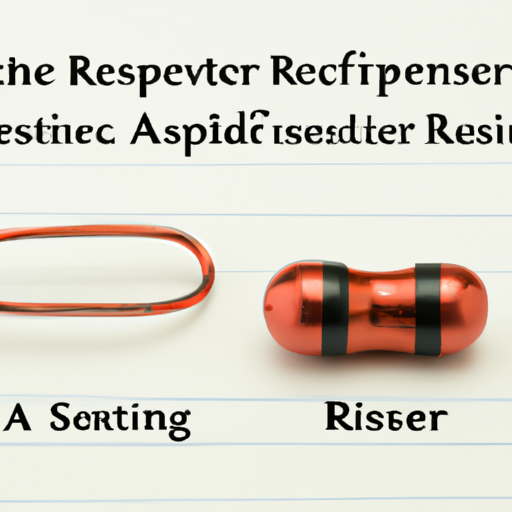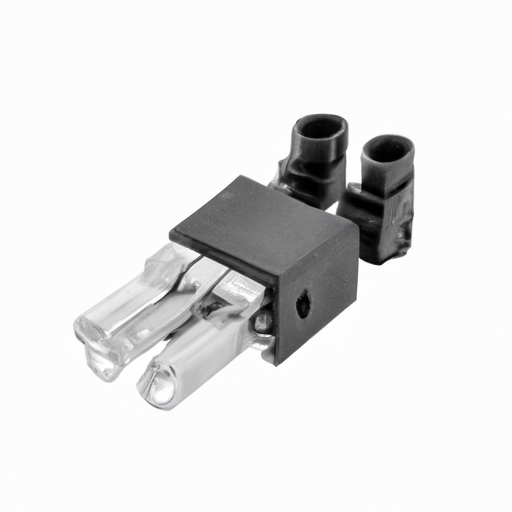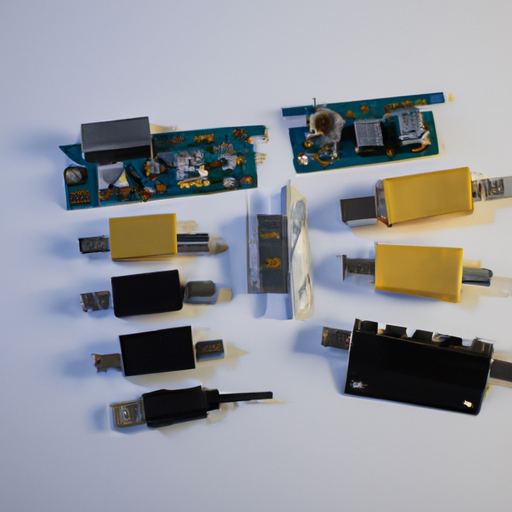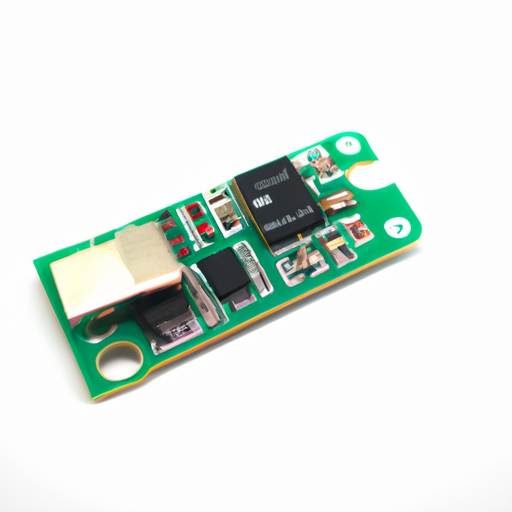Similar recommendations for resistor model components
Similar Recommendations for Resistor Model Components
I. Introduction
Resistor model components are fundamental elements in electronic circuits, serving as passive components that resist the flow of electric current. They play a crucial role in controlling voltage and current levels, ensuring that electronic devices function correctly. Understanding the various types of resistors and their models is essential for engineers and hobbyists alike, as it allows for better circuit design and optimization. This article aims to provide recommendations for similar resistor model components, helping readers make informed decisions when selecting resistors for their projects.
II. Understanding Resistor Models
A. Basic Concepts of Resistors
At the heart of resistor functionality lies Ohm's Law, which states that the current (I) flowing through a conductor between two points is directly proportional to the voltage (V) across the two points and inversely proportional to the resistance (R). This relationship is expressed mathematically as:
\[ V = I \times R \]
Resistors come in various types, including fixed resistors, which have a constant resistance value, and variable resistors, such as potentiometers, which allow for adjustable resistance. Understanding these basic concepts is crucial for anyone working with electronic circuits.
B. The Role of Resistor Models in Circuit Design
Resistor models are essential in circuit design, as they allow engineers to simulate and analyze circuit behavior before physical implementation. By using resistor models in simulation software, designers can predict how changes in resistance will affect overall circuit performance, leading to more efficient and reliable designs.
III. Key Parameters of Resistor Models
When selecting resistor models, several key parameters must be considered:
A. Resistance Value
The resistance value, measured in ohms (Ω), is the primary characteristic of a resistor. It determines how much current will flow through the resistor for a given voltage.
B. Tolerance
Tolerance indicates the precision of the resistor's resistance value. It is expressed as a percentage and signifies the allowable deviation from the nominal resistance. For example, a resistor with a tolerance of ±5% can have a resistance value that varies by 5% above or below its stated value.
C. Temperature Coefficient
The temperature coefficient measures how much the resistance changes with temperature. This parameter is crucial for applications where temperature fluctuations are expected, as it can affect circuit performance.
D. Power Rating
The power rating, measured in watts (W), indicates the maximum amount of power a resistor can dissipate without being damaged. Selecting a resistor with an appropriate power rating is vital to prevent overheating and failure.
E. Noise Characteristics
Noise characteristics refer to the amount of electrical noise generated by a resistor. In sensitive applications, such as audio or precision measurement circuits, low-noise resistors are preferred to minimize interference.
IV. Common Types of Resistor Models
A. Standard Resistor Models
1. **Carbon Film Resistors**: These resistors are made by depositing a carbon film on a ceramic substrate. They are widely used due to their low cost and decent performance for general applications.
2. **Metal Film Resistors**: Known for their accuracy and stability, metal film resistors are made by depositing a thin layer of metal. They are ideal for precision applications due to their low noise and tight tolerance.
3. **Wirewound Resistors**: Constructed by winding a metal wire around a ceramic core, wirewound resistors can handle high power levels and are often used in power applications.
B. Specialized Resistor Models
1. **Precision Resistors**: These resistors offer tight tolerances and low temperature coefficients, making them suitable for high-accuracy applications such as instrumentation.
2. **High-Power Resistors**: Designed to handle significant power loads, high-power resistors are often used in power electronics and industrial applications.
3. **Surface Mount Resistors**: These resistors are designed for surface mount technology (SMT) and are compact, making them ideal for modern electronic devices where space is limited.
V. Recommendations for Similar Resistor Components
A. Identifying Similar Components
When looking for similar resistor components, several criteria should be considered, including resistance value, tolerance, temperature coefficient, and power rating. Utilizing tools such as datasheets and online databases can help in finding suitable alternatives.
B. Recommended Resistor Models
1. **For General Use**
- **Example 1: Carbon Film Resistor**: A versatile choice for everyday applications, offering a good balance of performance and cost.
- **Example 2: Metal Film Resistor**: Ideal for applications requiring better accuracy and stability.
2. **For High Precision Applications**
- **Example 1: Thin Film Resistor**: Known for its low noise and high stability, making it perfect for precision measurement circuits.
- **Example 2: Wirewound Resistor**: Suitable for applications where high power and precision are required.
3. **For High-Power Applications**
- **Example 1: High-Power Wirewound Resistor**: Capable of handling significant power loads, making it ideal for power electronics.
- **Example 2: Ceramic Resistor**: Offers excellent thermal stability and can handle high temperatures, suitable for demanding applications.
4. **For Surface Mount Applications**
- **Example 1: SMD Resistor**: Compact and efficient, perfect for modern electronic devices with limited space.
- **Example 2: Chip Resistor**: Another excellent choice for surface mount technology, offering reliability and performance.
VI. Factors to Consider When Choosing Resistor Models
When selecting resistor models, several factors should be taken into account:
A. Application Requirements
Understanding the specific requirements of the application is crucial. For instance, high-precision applications will necessitate resistors with tighter tolerances and lower noise characteristics.
B. Environmental Conditions
Consider the operating environment, including temperature and humidity, as these factors can affect resistor performance. For example, resistors used in high-temperature environments should have appropriate temperature ratings.
C. Cost Considerations
Budget constraints can influence the choice of resistor models. While precision resistors may offer better performance, they often come at a higher cost. Balancing performance and cost is essential.
D. Availability and Supply Chain Issues
Ensure that the selected resistor models are readily available and that there are no supply chain issues that could delay project timelines. Checking with multiple suppliers can help mitigate this risk.
VII. Conclusion
Choosing the right resistor model is vital for the success of any electronic project. By understanding the various types of resistors, their key parameters, and the factors influencing their selection, engineers and hobbyists can make informed decisions that enhance circuit performance. Utilizing available resources, such as datasheets and online databases, can further aid in finding suitable resistor components. As technology continues to evolve, staying informed about advancements in resistor technology will be essential for future projects.
VIII. References
1. Academic Journals on Electronics and Circuit Design
2. Industry Standards and Guidelines for Resistor Selection
3. Manufacturer Datasheets and Catalogs for Resistor Models
By following the recommendations outlined in this article, readers can confidently select the appropriate resistor models for their specific applications, ensuring optimal performance and reliability in their electronic designs.






